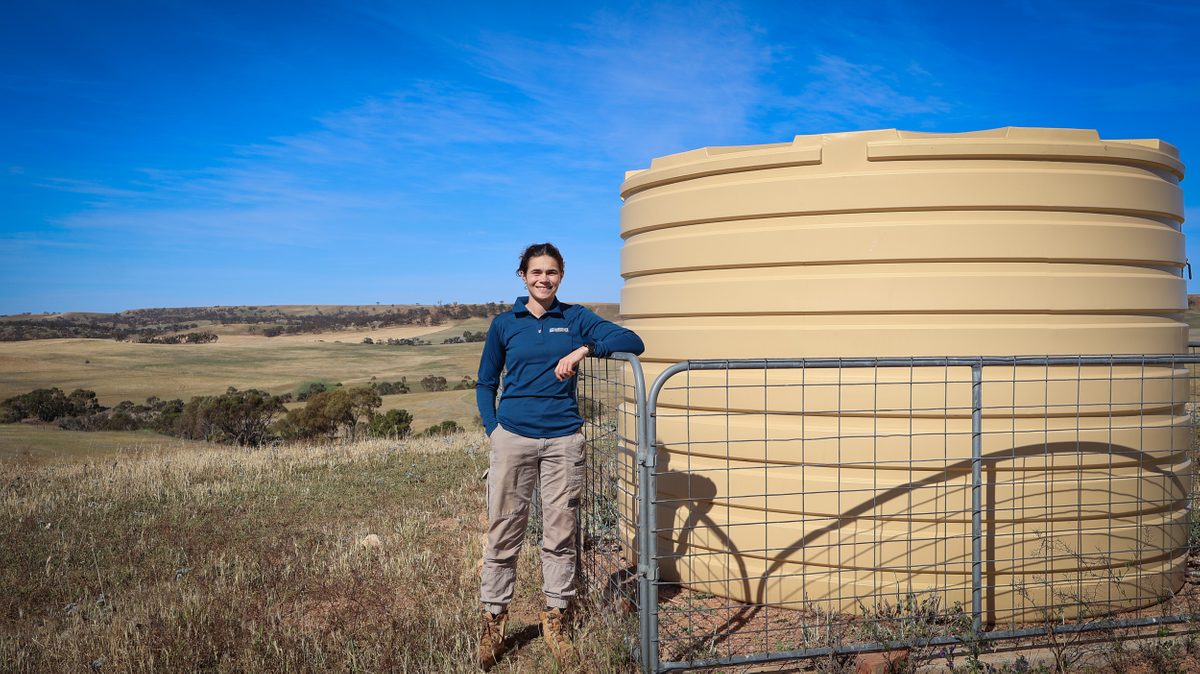5 helpful hints about wicking beds

When water is scarce, a wicking bed is a good solution for growing vegetables.
It’s a raised, self-watering vegetable bed, where a reservoir of water is stored below the soil and the water naturally rises (wicks) into the root zone where it’s needed.
A group of Peterborough residents attended a Wicking Bed Workshop with David de Vries from Food Gardening in Remote Australia in September. David is passionate about addressing the food crisis by sharing practical strategies to provide fresh, nutritionally-dense food.
He shared how to create a wicking bed ranging in size from a 2L milk bottle to 1000L Intermediate Bulk Containers (IBCs), as well as handy tips on composting, worms, commercial potting mixes and soil microbes.

Here are some are the handy tips we gleaned from David’s wicking bed presentation:
- Containers for wicking beds should be polyethylene to ensure UV resistance. Commonly used containers include 20L canola oil containers from food businesses, IBCs and 2L milk bottles. Avoid containers that have been used for herbicides or have begun to yellow due to UV exposure
- When using wicking beds, it’s important to keep organic matter out of the reservoir to prevent an anoxic (oxygen deficient) environment from forming. David recommends Perlite.
- Commercial potting mixes are often pasteurised, killing most of the good microbes. Try to introduce some healthy microbes from a compost pile or other source for better results.
- Chlorinated tap water can impact the desirable soil microbes too. Try to use rainwater, but if this isn’t possible, decant tap water into an open container for a half a day to allow the dissolved chlorine to evaporate.
- Good compost requires oxygen and water, so make sure to keep your pile moist and turn it over every day or two.


